5 Tips for eLearning Localization in 2024

eLearning localization adapts your eLearning content for a multilingual or multicultural audience. Increasingly, more businesses are using localization to deliver training across their entire organizations to improve employee performance and company profits, and your business can too.
Want to localize an eLearning course ASAP? Check out Pairaphrase.
In this post, we’ll look at why eLearning localization is important and how it’s different from eLearning translation. We’ll also go through the top best practices for localizing eLearning.
By the end, you’ll know how to localize your eLearning content for the best return on investment and whether it is the right investment for your business.
Why it’s important to localize eLearning content
You may be using eLearning for a number of reasons, including:
- Employee training
- Compliance courses such as anti-harassment or health and safety
- A digital product you sell to educate customers
Whatever the case, eLearning content localization ensures that you get the right message across to viewers of different cultural contexts.
Let’s break down the advantages based on each eLearning content type.
The importance of elearning localization in employee training and compliance courses
Though English is an international language, not all users may be proficient enough to comfortably understand your content. This is especially true if your content is specialized or technical in nature, as training and compliance courses often are.
If your employees misunderstand information in the training phase, it will lead to delays and miscommunication in every related project they’re involved in. The unnecessarily wasted resources will be many times greater than the comparatively short time and cost of properly localizing your eLearning content.
The importance of elearning localization for digital products
A 2020 survey found that 76% of online shoppers prefer to buy products with information in their native language. That’s just for information about a product. Imagine if language is an integral part of the actual product itself — such as with eLearning!
Creating a smooth and curated user experience increases customer engagement and loyalty, ultimately leading to more profit.
eLearning localization vs eLearning translation
If you’ve ever tried to read a manual in another language, you know that language has a significant impact on how well people learn.
The added effort of having to translate the information in addition to understanding it can slow you down significantly. It may even make you misunderstand what you’re learning.Therefore, it’s crucial to translate eLearning content — however, this isn’t enough.
With translation, you can easily understand the words, but they may be conveyed with the wrong visuals or in the wrong context. This will certainly not lead to a learning experience that builds efficiency in employees or loyalty in customers.
eLearning localization fully optimizes your content for your audience, not just linguistically but also culturally, technically, and legally. In addition to the translation of text, it also covers:
- Visual layout (up-to-down or left-to-right text, typical placement of images)
- Photos and graphics (familiar people, places, and objects)
- Date and time formats
- Currencies
- Units of measurement
- Icons and symbols
- Fonts
- Colors
- Terminology, acronyms, and abbreviations
- User interface
- Cultural and legal context (laws or customs that prohibit certain actions or items)
- Technical limitations (software that users in a country have access to)
eLearning Localization Best Practices
Now you know why it’s so important to localize your eLearning content. With that in mind, here are the top 5 best practices for how to do it for the greatest rewards.
1. Think globally and create a localization strategy early on
Localization is a very complex process that affects everything from text and images to website layout, colors, and code. Your entire brand must be prepared to accommodate differences in all these elements.
Some businesses first create eLearning content with one audience in mind, then decide to localize it for more languages and cultures. However, with this approach they end up having to undo previous work, recreate culture-specific content from scratch, or waste time looking for workarounds to technical issues.
In the worst case scenario, you may even find your software is incompatible with the language you need to localize to.Create and keep a localization strategy in mind right from the start, and you’ll save time, expenses, and headaches down the line.
2. Make your eLearning content easy to localize
With a localization strategy right from the start, you can create a product that will be easy to localize later.
One option is to limit or avoid using elements that are culture-specific. For example, you may choose to use fewer or more generic images to support your text. However, this practice will likely detract from your product’s quality or user experience. Localize the look and feel of your elearning content whenever possible.
If you try to speak to everyone at once, you will end up speaking to noone.
When you do use elements that need localization, save them separately and keep track of where you took them from. You’ll have everything you need ready to be localized and then integrated into your course without wasting time looking for it.
You can also keep culture-specific or updatable content in a format that is easier to localize. For example:
- Avoid embedding text directly in images as it is much more difficult to extract and localize
- Keep animations in your text and slides simple
- Keep information that you may need to change, such as prices and dates, in the visuals rather than the audio. It is much less expensive to change a few numbers on a slide than to redo a voice-over.
3. Polish your content before localizing it
Before you start localizing, make sure the sources you’re working with are free of any errors.
Mistakes in your source only need to be corrected once. However, if you localize that mistake into 5 languages, then it now needs to be corrected 5 times. This means 5 times the amount of time and money.
Have an expert in your language and field do a quality check. It’s best if this person is not the same person who created the source content. If you read a text dozens of times, you may overlook mistakes that a fresh pair of eyes would catch right away.
4. Understand the target audience and its culture
Localizing eLearning means not just translating content into another language, but also adapting it to another culture.
This includes everything from measurement units and currencies to cultural references and customs. Consider these examples:
- People drive on the right side in North America and the left side in the United Kingdom
- January is the middle of winter in Canada and blazing hot summer in Brazil
- Purple represents richness and royalty in Western cultures and death and mourning in Thailand
Any aspects like these impact the experience of your users. If you use them intentionally with the consultation of an expert in that culture, you can make that impact increase loyalty and profits rather than diminish them.
5. Use tools to speed up the process
Localization can be very time-consuming, especially with multimedia content like in eLearning. Fortunately, there are many tools that both speed up the process and ensure top quality.
Here are just a few:
- Ensure that your learning management system (LMS) is compatible with a translation management system (TMS) to have all text ready for translation and avoid having to go through all your content to extract it.
- Use a glossary to make sure all your terminology is consistent and well translated before you start localizing.
- Put a translation memory to work to avoid needlessly translating the same or similar content over and over again.
The best translation management systems (TMS’s) have a full suite of tools (including the above) to maximize the efficiency and quality of localizing your content.
Get Started
Speaking of translation management, we recommend you explore the top 5 features to look for in eLearning translation software.
Or, you can accelerate your software hunt with a demo of Pairaphrase. It’s the AI-powered translation management system for global teams who want to translate faster, smarter and safer.


Most Accurate Translator Tool: What to Look for [2024]
While a 100% accurate translator does not yet exist, this post will tell you how to get the most accurate translator tailored to your company’s words and phrases.
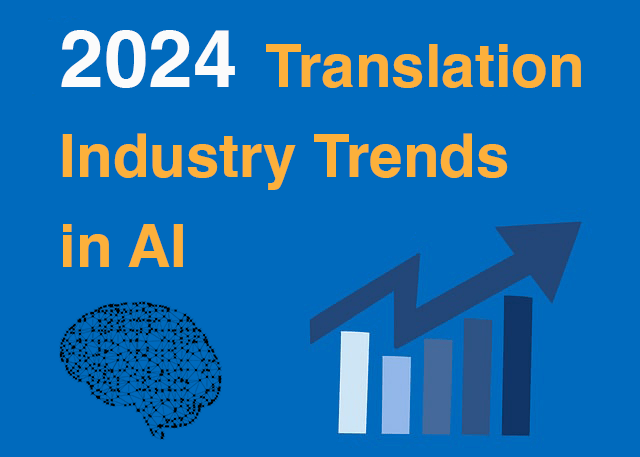
11 AI Translation Industry Trends in 2024
Explore 2024 translation industry trends! Learn about 10 AI translation industry trends 2024 will bring, according to our predictions.
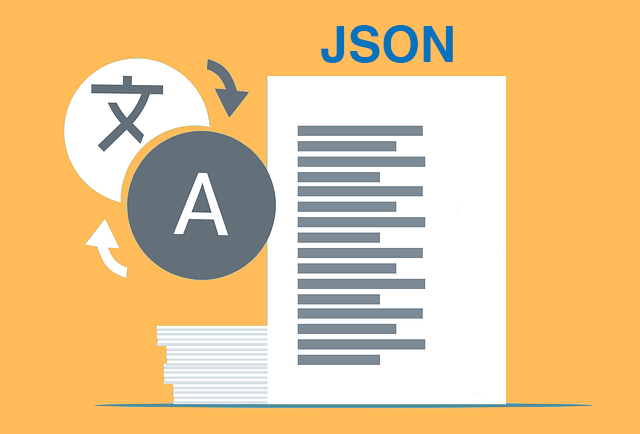
How to Translate JSON Files Online Effectively [2024]
Want to translate JSON files? Learn why Pairaphrase is the best way to auto-translate JSON files online.

How to Translate HTML Files to Another Language [2024]
Want to translate HTML files to another language? Learn why Pairaphrase is the best way to translate HTML files.
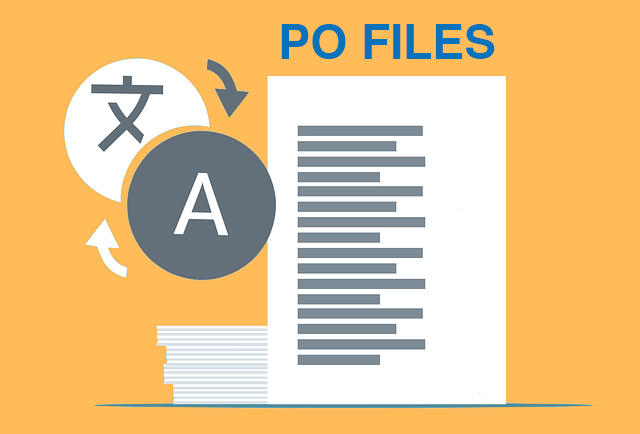
How to Translate PO Files Online [2024]
Need to translate PO files online? Learn why Pairaphrase is the best way to translate PO files.

OpenAI Language Translation: Pros & Cons for Enterprises
Exploring OpenAI language translation capabilities? In this article, discover the pros & cons of OpenAI translation for enterprise use.

File Translation 101: Your Guide to the Basics
Learn all about file translation in this 2023 guide to gain an understanding of the different kinds of file translation services & formats.

Best Way to Translate Elucidat Course Content
Learn how Pairaphrase makes Elucidat course translation reusable, secure, fast and easy.

5 Tips for eLearning Localization in 2024
Need to localize eLearning content? Familiarize yourself with these 5 eLearning localization tips for effective multilingual training.

How to Translate a Text File Online [2024]
Want to translate a text file? Learn why Pairaphrase is the best way to translate a text file for your organization.

Best DocTranslator Alternative (2024)
Want a secure enterprise alternative to DocTranslator? Learn why Pairaphrase is the best DocTranslator alternative for enterprises here »
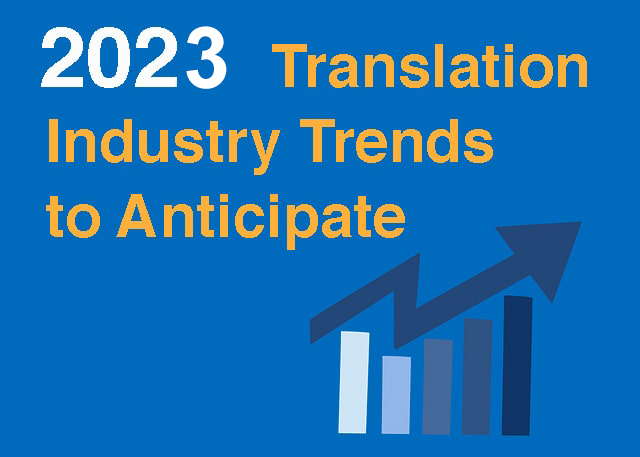
Top 8 Translation Industry Trends (2023 Outlook)
Explore 2023 translation industry trends! Learn about 8 translation industry trends 2023 will bring, according to our predictions »
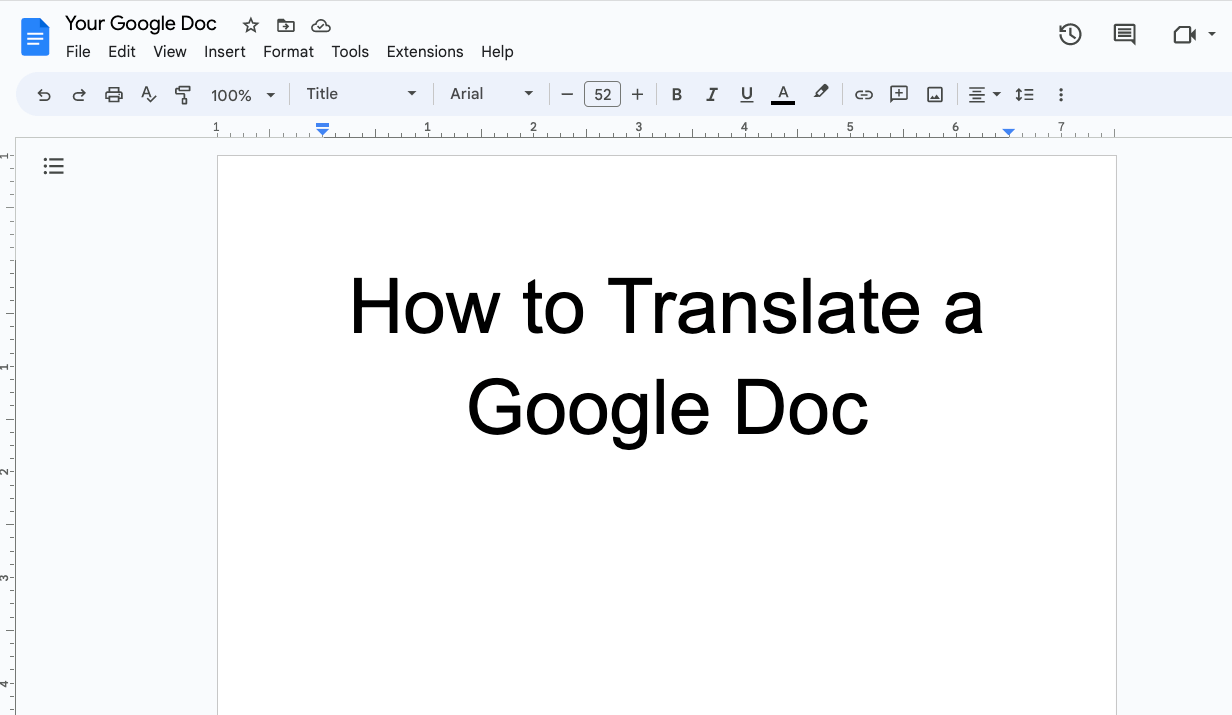
How to Translate a Google Doc Most Efficiently [2024]
Want to translate Google Doc text? Learn why you should use Pairaphrase as your Google Docs translator.

Best English to Polish Document Translation Software [2024]
Looking for English to Polish translation software, but not sure what features you need? Access this buying guide.
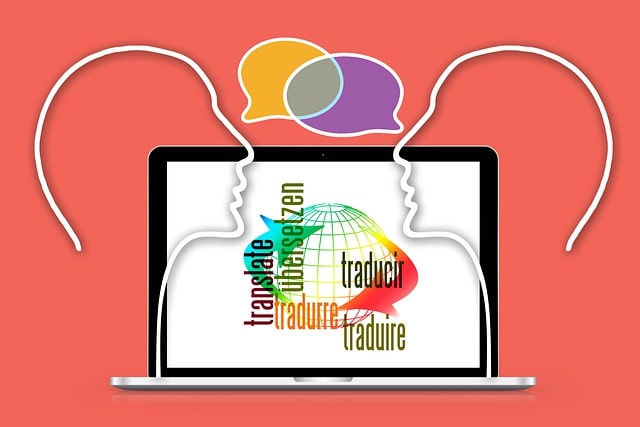
Translation Services 101: Your Guide to the Basics
Need translation services? First, learn the basics! This way, you can make an informed decision. Explore this guide to translation services.

Best Redokun Alternative for Enterprises (2024)
Want a secure enterprise alternative to Redokun? Learn why Pairaphrase is the best Redokun alternative for enterprises here »
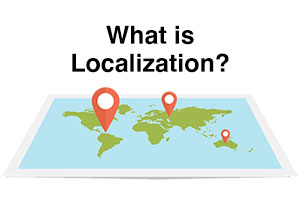
Localization 101: Your Guide to the Basics
Curious about localization? Learn about localization vs translation, what it is, how it works, benefits & more in this guide to the basics!

Best Memsource Alternative for Enterprises (2024)
Want a secure enterprise alternative to Memsource? Learn why Pairaphrase is the best Memsource alternative for enterprises here »
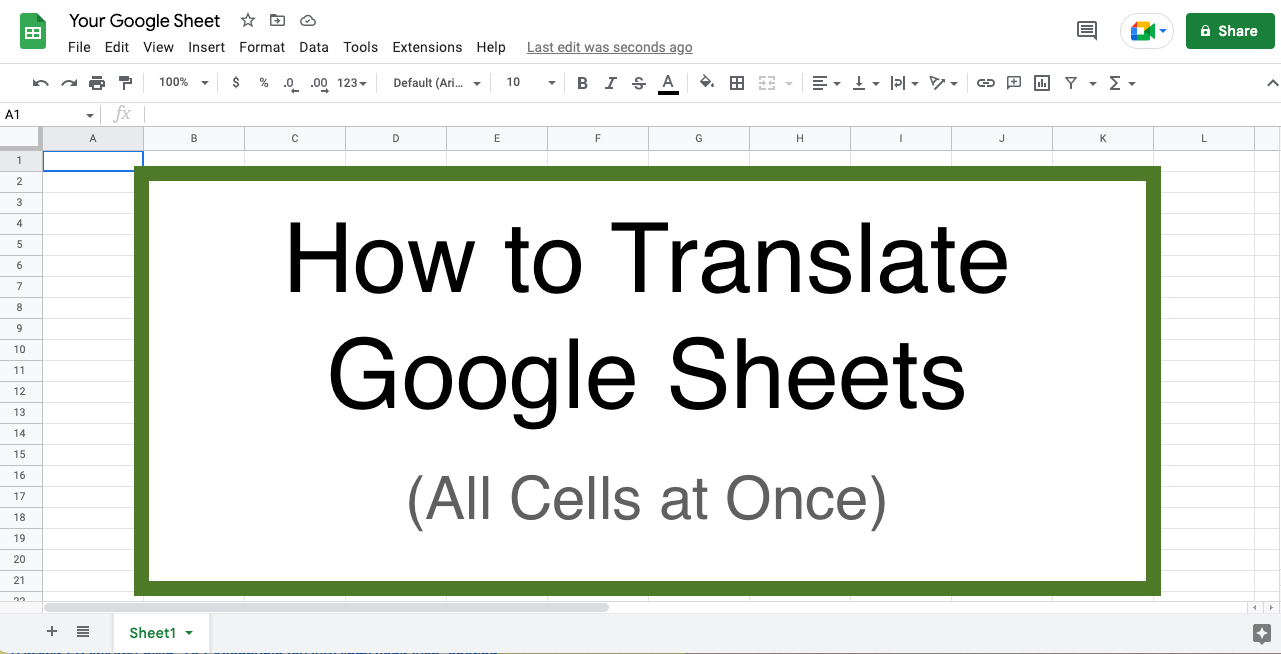
How to Translate Entire Google Sheets (All Cells) [2024]
Want to translate entire Google Sheets? Learn why you should use Pairaphrase as your Google Sheets translator.
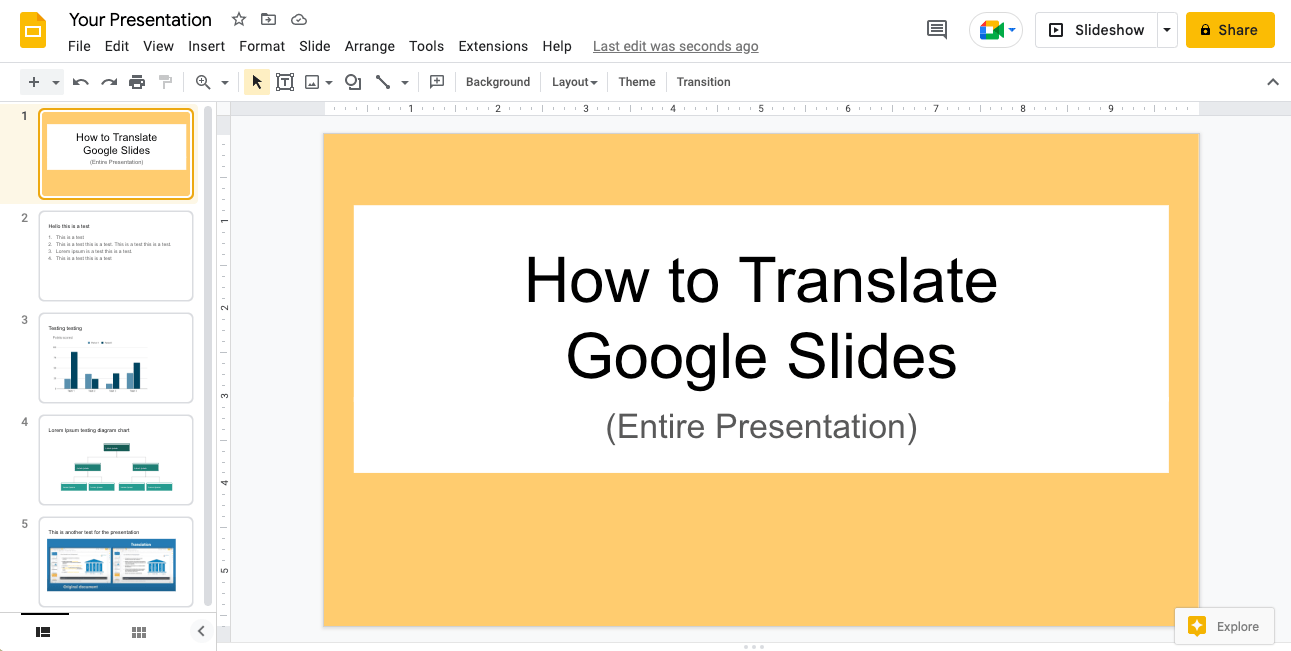
How to Translate an Entire Google Slides Presentation [2024]
Want to translate Google Slides presentation text, notes & charts? Learn why you should use Pairaphrase as your Google Slides translator.
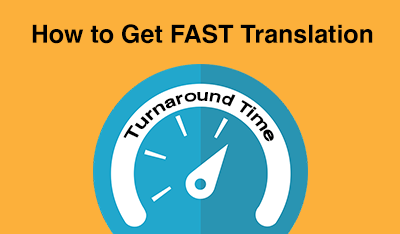
Fast Turnaround Translation: How to Get it
While fast translation turnaround and linguistic quality is a delicate balance, this post will tell you how to best use Pairaphrase to get fast translations.

Best English to Arabic Document Translation Software (2024)
Looking for English to Arabic translation software, but not sure what features you need? Access this buying guide.
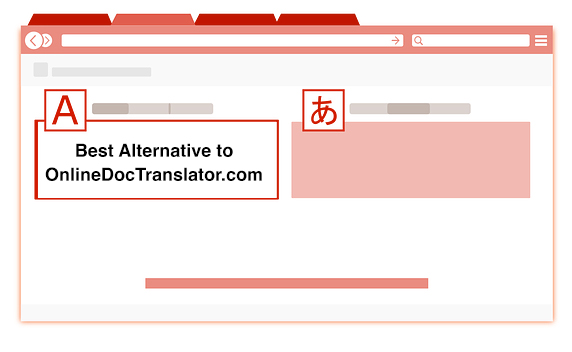
Best OnlineDocTranslator.com Alternative (2024)
Considering an alternative to OnlineDocTranslator.com? Explore why Pairaphrase is the best OnlineDocTranslator.com alternative for enterprises.
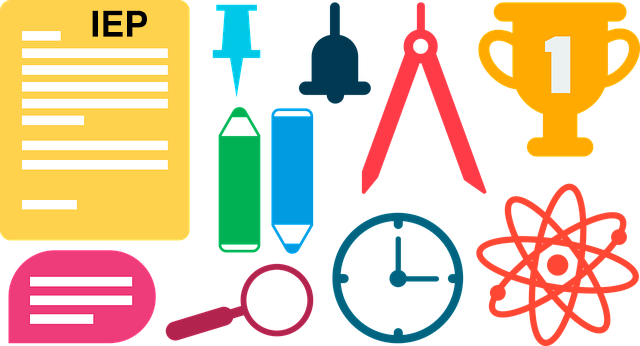
How to Translate an IEP Document [2024]
Need to translate an IEP document? Learn how to translate IEP documents in the most efficient and secure way possible.
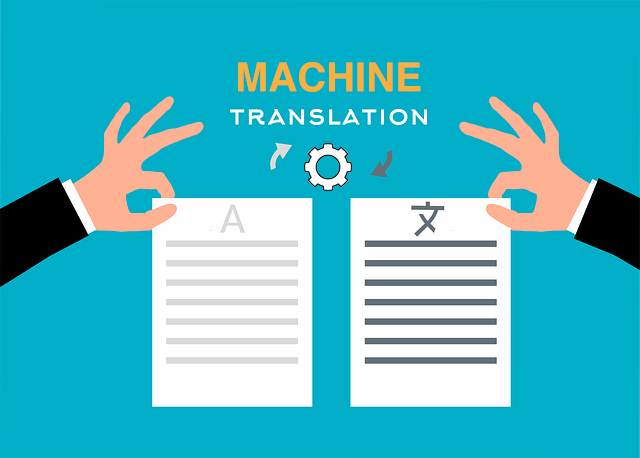
Machine Translation (MT): Your Guide to the Basics [2024]
Curious about Machine Translation (MT)? Learn about machine translation, how it works, benefits of machine translation & more.
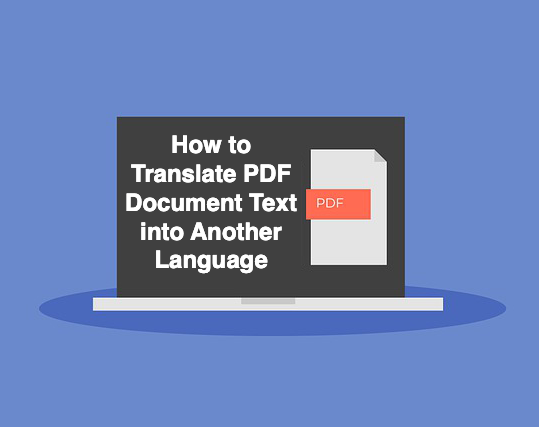
PDF Translation Problems & Solutions: Troubleshooting Guide [2024]
Learn common issues involved with translating PDF documents and discover why Pairaphrase is the best PDF document translator.
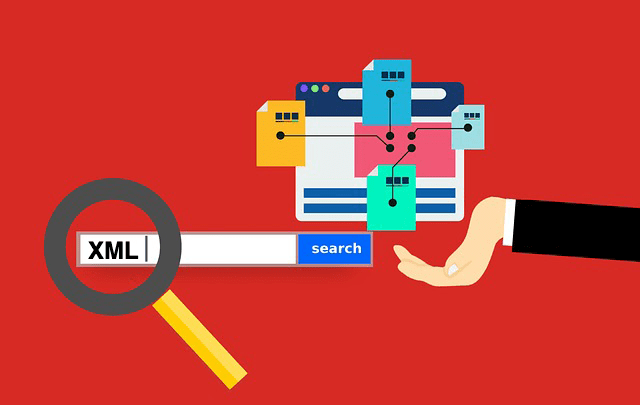
How to Translate XML Files Online (2024)
Need to translate XML files online? Learn about the best features to use when translating XML files.

Best English to Italian Document Translation Software (2024)
Want the best English to Italian document translation software for business? Read about the 10 best English-Italian translator app features.

Terminology Management in Translation: Essential Guide [2024]
Learn all about terminology management in this comprehensive guide.

Smartling Alternative for Enterprises in 2024
Want a Smartling alternative? Explore 10 possible reasons you need one, and why Pairaphrase might be your best alternative.
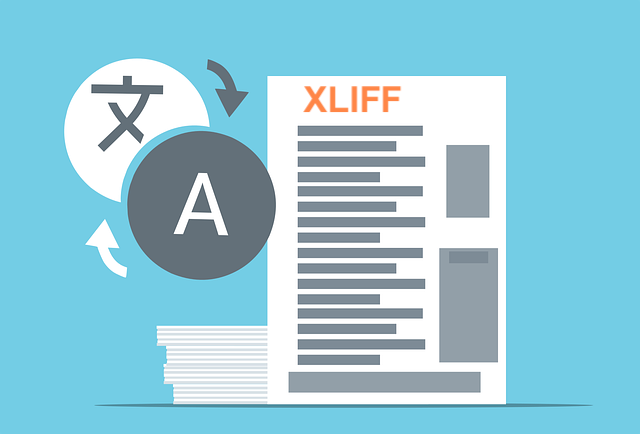
How to Translate XLIFF Files Online Successfully (2024)
Need to translate XLIFF files online? Learn why Pairaphrase is the best way to translate an XLIFF file.

Best Japanese to English Document Translation Software (2024)
Looking for Japanese to English translation software, but not sure what features you need? Access this buying guide.

How to Translate SRT Files Effectively [2024]
Learn how to translate SRT files in 2022! Explore the reasons Pairaphrase is the best way to translate an SRT file effectively.

Best English to Japanese Document Translation Software (2024)
Looking for English to Japanese translation software, but not sure what features you need? Access this buying guide.

Brochure Translation Software Features to Look for
Need brochure translation? Look for these 10 top brochure translator features (before you buy).

Best Way to Translate Articulate Course Files
Need to translate Articulate course files? Learn why Pairaphrase is the best way to translate Articulate files (XLIFF 2.0).

Best Way to Translate Multiple Files Simultaneously Online
Need to translate multiple files simultaneously online? Learn why Pairaphrase is best for batch translation.
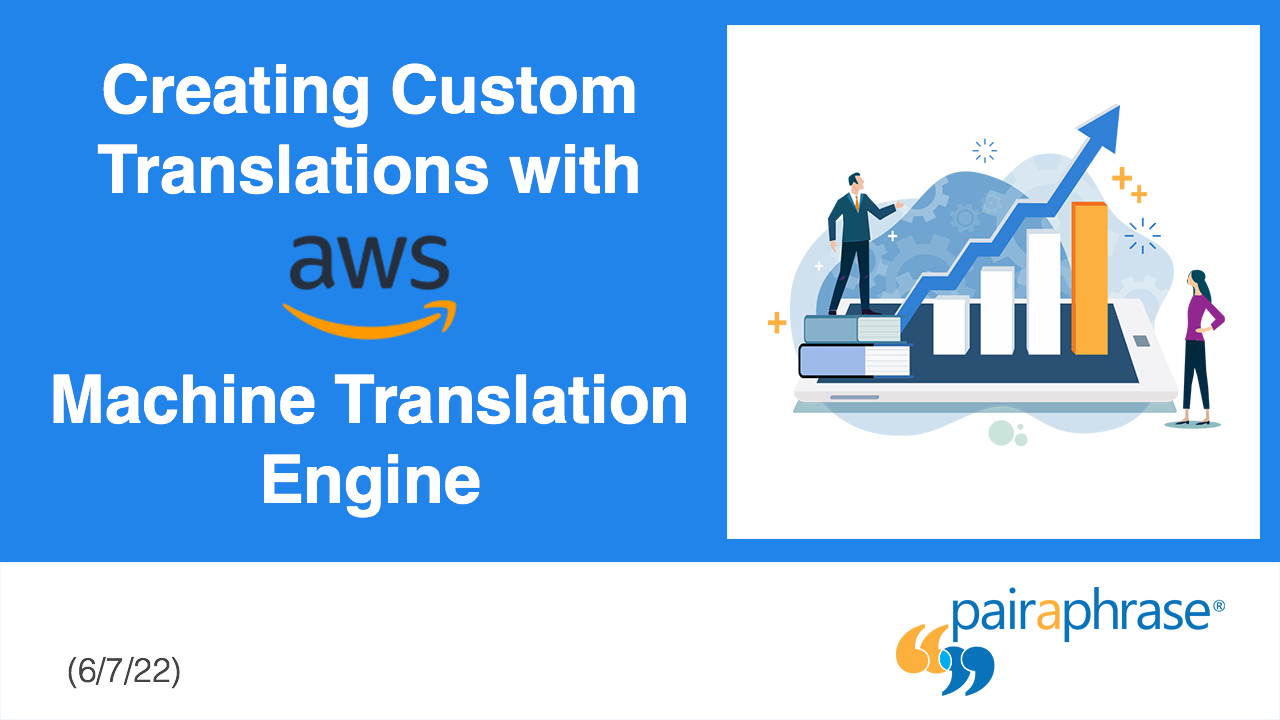
Using Pairaphrase Translation Software with Amazon Translate
Curious about translating with Amazon Translate (AWS)? Learn about using Amazon’s machine translation engine with Pairaphrase.

Best English to Hindi Document Translation Software (2024)
Looking for English to Hindi translation software, but not sure what features you need? Access this buying guide.

How to Translate Large Files with Ease [2024]
Need to translate large files? Learn about the best tools to use when translating large PDF’s, documents & more (10MB+).

Catalog Translation Software Features to Look for
Need catalog translation? Look for these 10 top catalog translator features (before you buy).

Best English to Vietnamese Document Translation Software (2024)
Looking for English to Vietnamese translation software, but not sure what features you need? Access this buying guide.

How to Create Effective Termbase Glossaries for Machine Translation
Need to create a termbase glossary? Get our top 5 tips for creating effective termbase glossaries for machine translation.

Best English to Korean Document Translation Software (2024)
Looking for English to Korean translation software, but not sure what features you need? Access this buying guide.

Best DeepL Alternative for Enterprise Teams (2024)
Explore various DeepL drawbacks and user-specific needs you might identify with. This way, you can conclude whether alternatives to DeepL could fill these gaps.
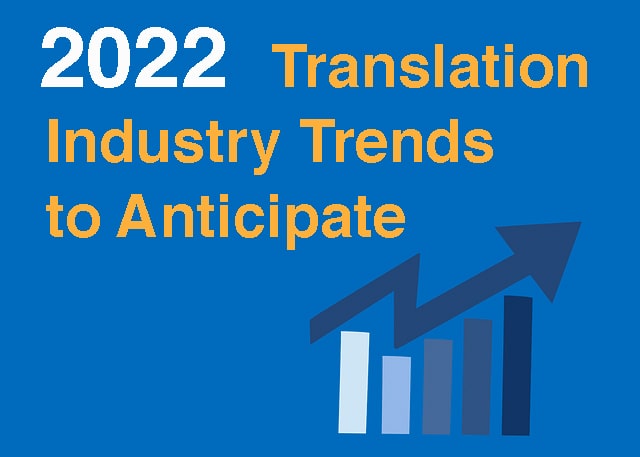
Top 10 Translation Industry Trends in 2022
Explore 2022 translation industry trends! Learn about 10 translation industry trends 2022 will bring, according to our predictions »
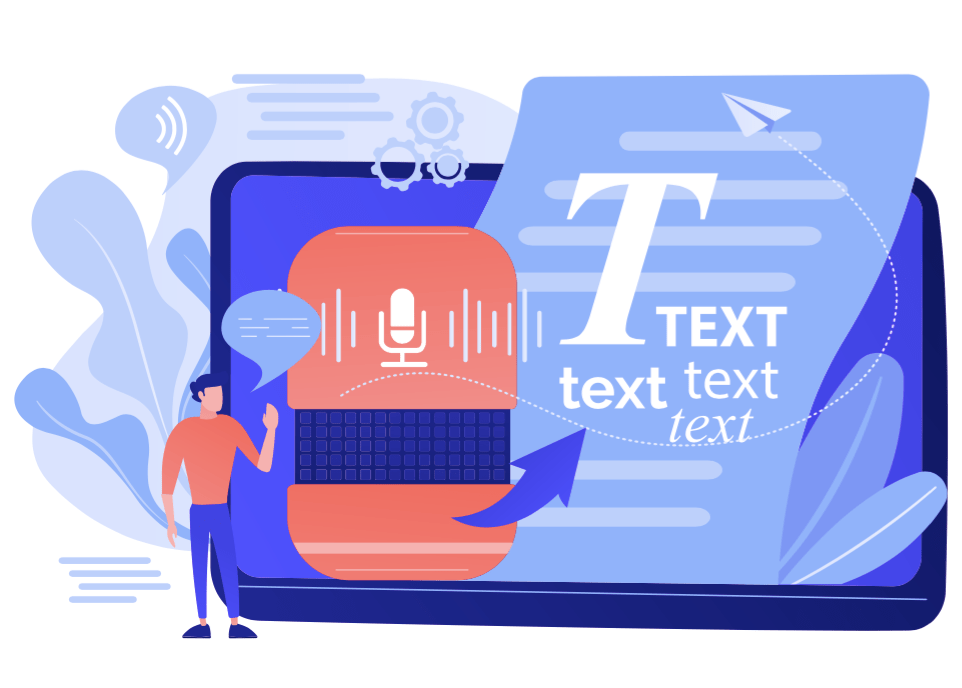
Secure Transcription Software That Translates Languages
Need secure transcription software that translates languages? Learn what features to look for and how Pairaphrase will benefit you.

Best English to Portuguese Document Translation Software (2024)
Looking for English to Portuguese translation software, but not sure what features you need? Access this buying guide.
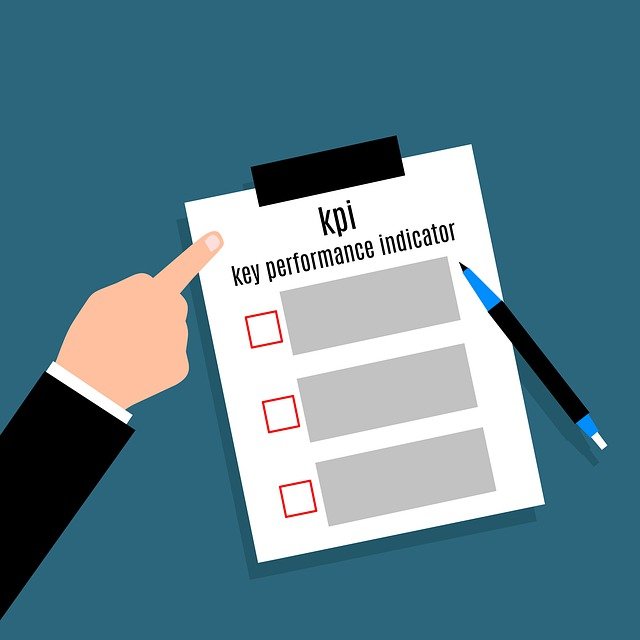
Translation KPIs for Translation Management Success
Establishing translation KPIs (Key Performance Indicators)? Here are the 5 Most Important KPIs for translation management success.


